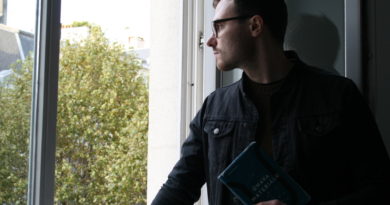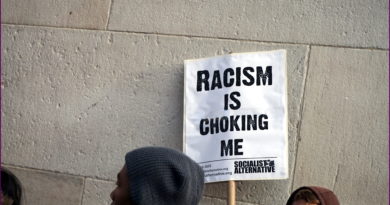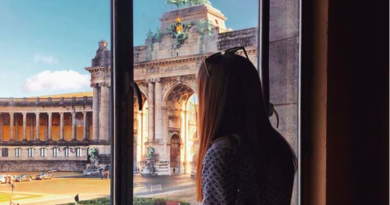Why This Balkan Gem is Becoming A Tourist Hotspot?
Descending down the Trebisnjica river valley and into the town Trebinje is a bit of a surreal experience. Trebinje itself is at the foot of Mount Leotar, which serves as a dry moonscape to the lush valley bringing in an Adriatic breeze. The town itself, like much of Bosnia and Hercegovina, is a hodge podge of ancient histories all intersecting in one little region. My journey began the second I stepped out of the car, a gust of natural incense set the mood. Sage, pine, rosemary, immortelle and lavender all abound in this unique micro-climate, on what has become known as the Route of Herbs and Honey, or Herbegovina more colloquially.
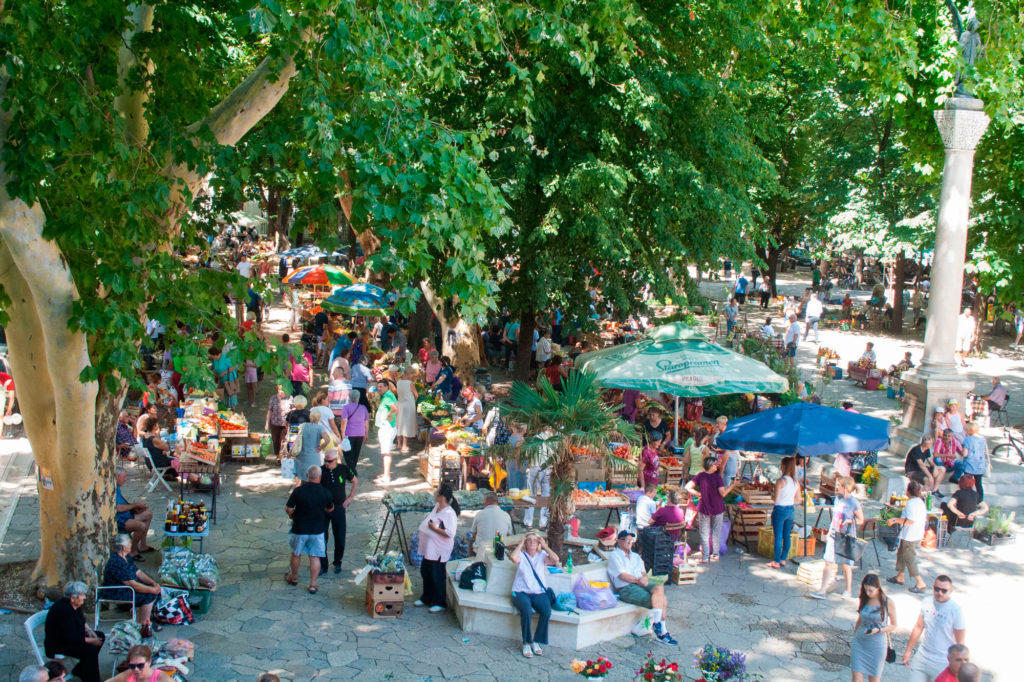
I met with my guide Marko, a charming native of Trebinje who seemed to know everyone, at what the Austrian’s used to call Babicplatz, the town’s central square lined with towering 150 year old platan trees. We discussed the geography of the region, Trebinje is in the region of Hercegovina in the semi-autonomous Republika Srpska. The shaded square is surrounded by bustling cafes while vendors ply their wares. Here you can find hand-picked herbs, Brandy made with wild pommegrenates, soaps and skin creams made of local beeswax, or even a locally grown tobacco known to be a personal favorite of Joseph Stalin. Trebinje being a relative unknown to it’s heavyweight neighbors makes it incredibly affordable. It takes little to live like a king in this untouched gem of a town.
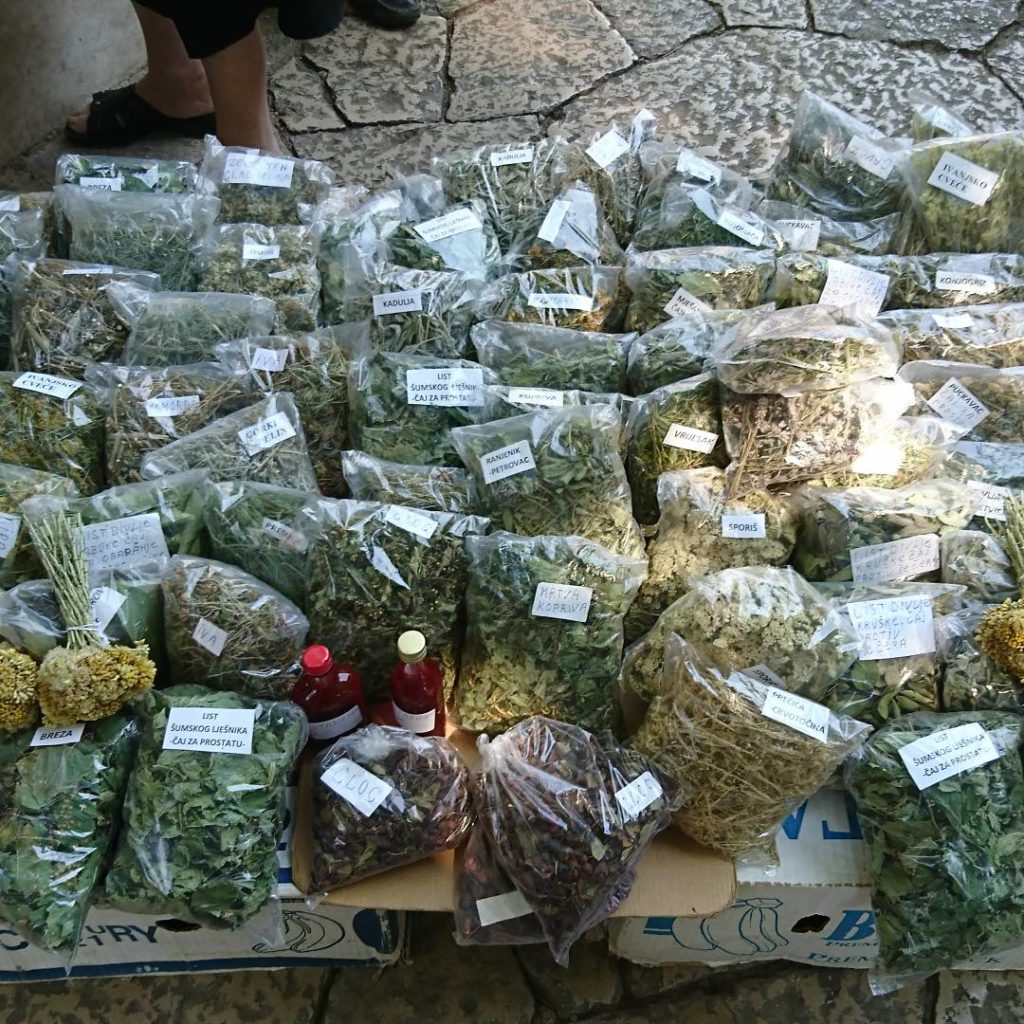
The center of town has a Dalmatian feel to it. Large marble slabs, vaguely turkic architecture, dry mediterranean heat and an almost cosmic calmness. But just as I was getting used to it Marko brought me through a causeway to a classic Austro-Hungarian former army barracks. Those familiar with Bosnia might be able to identify the polarizing experience of leaving one hemisphere for another in a span of metres. The barracks house the Museum of Hercegovina Trebinje which is spread over three floors and combines information about the ancient history of Trebinje with artefacts. It describes perfectly how it was first connected to trading routes due to it’s proximity to Dubrovnik (20 minutes by car, give or a take one border crossing), and then it’s direct connection with Vienna via steam engine in the early 20th century.
By that point I was developing that typical mediterranean early afternoon thirst for wine, and the Tvrdos Monastery was the perfect surprise to quench that thirst. You can be forgiven for having never heard of this 4th century monastery established by the Roman Emperor Constantine, or the 15th century wine cellar adjacent to the monastery itself. Despite having won numerous awards from New York to Japan for their wine, the monks choose to stay at around half their capacity in order to maintain quality, and the distribution is generally organized by orthodox churches since the profits go to repairing churches that were damaged and never repaired.
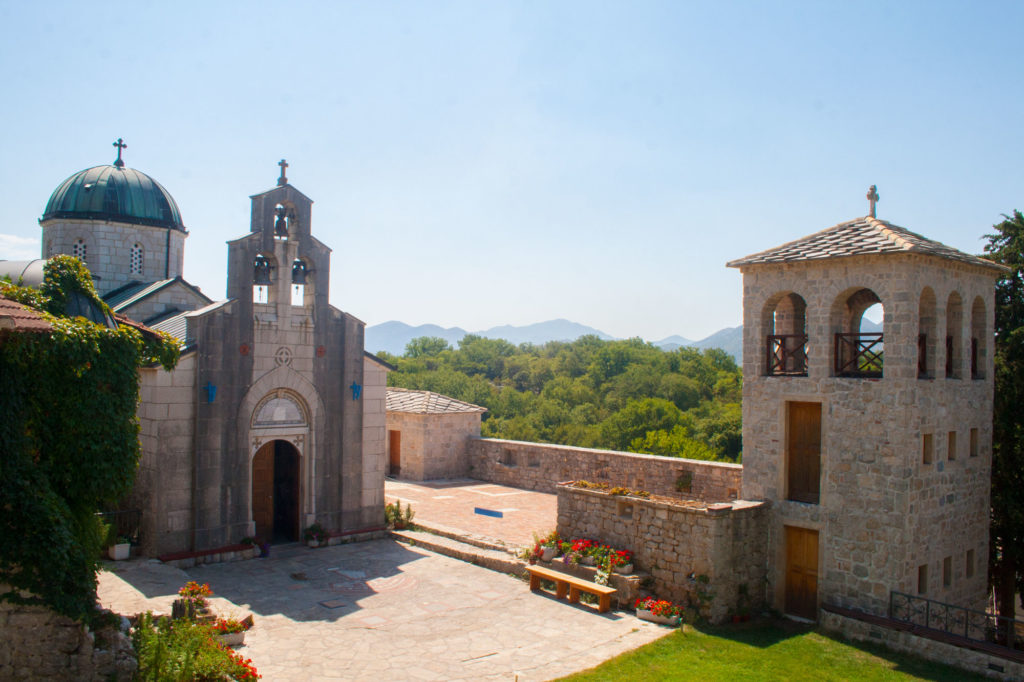
Happy and light headed I insisted we returned to our hotel for lunch. The Hotel Stara Hercegovina was known for years in the region as the best restaurant for miles around. Word of mouth has made this a can’t miss dining experience for those familiar with the region. The parking lot is guaranteed to have license plates from at least 4 countries, which is no surprise with it’s proximity to Croatia, Montenegro and Mostar. They just recently added luxurious apartments, and so I had the benefit of staying there (By this I mean I was able to amble off to take a nap with relative ease minutes after finishing my gargantuan plate). Lunch was as farm to table as you can imagine. The table literally overlooks the farm, the farm being a delicate mountain valley separated by circuitous stone walls winding out of site. This isn’t so much back to the basic as it is a culinary craft that has been perfected and unchaged over years.
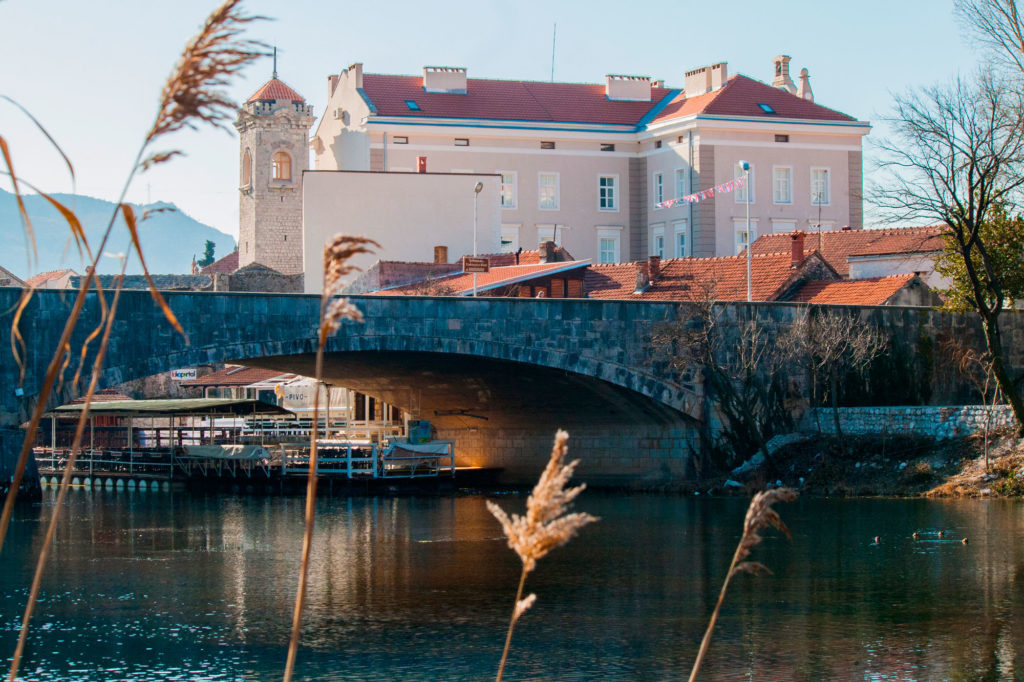
On the eve of my departure I’m listening to birds singing out my window with the windows wide open. Every few seconds a waft of incense hovers across the room. I lay dreaming, picking out the origin of every restorative note in the air, a citrus orchard clinging to the banks of the Trebjisnica river, a field of wild lavender growing among the marble scree on the gentle slopes of a nearby Dalmatian peak, and the effervescent aroma of pine needles toasted in the adriatic sun, and wonder If I’ll ever have to wake up.

